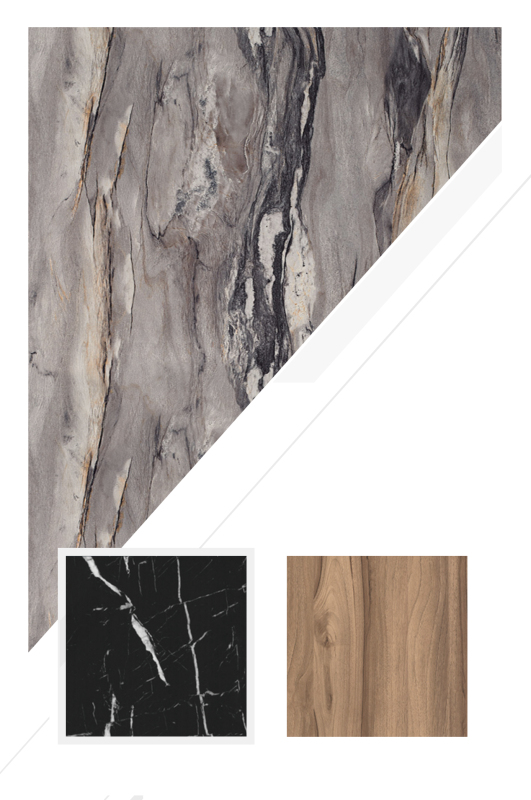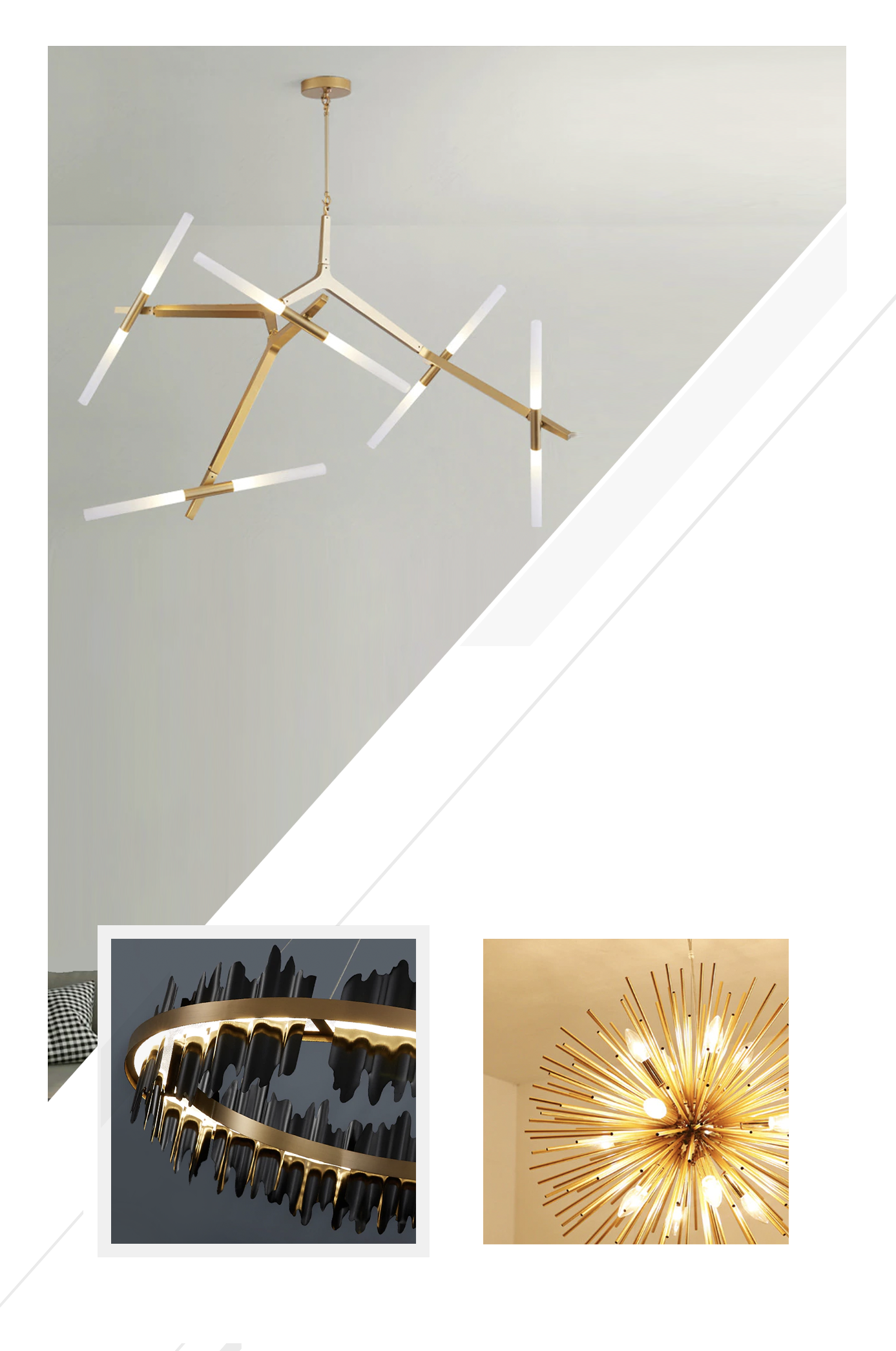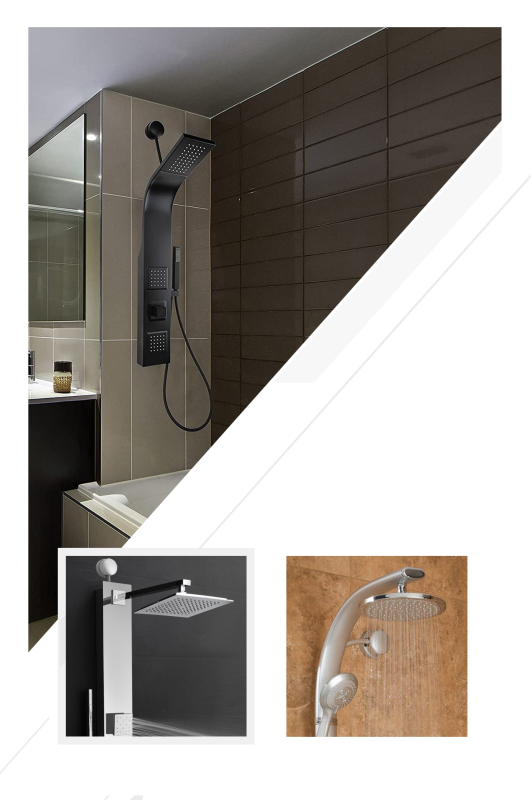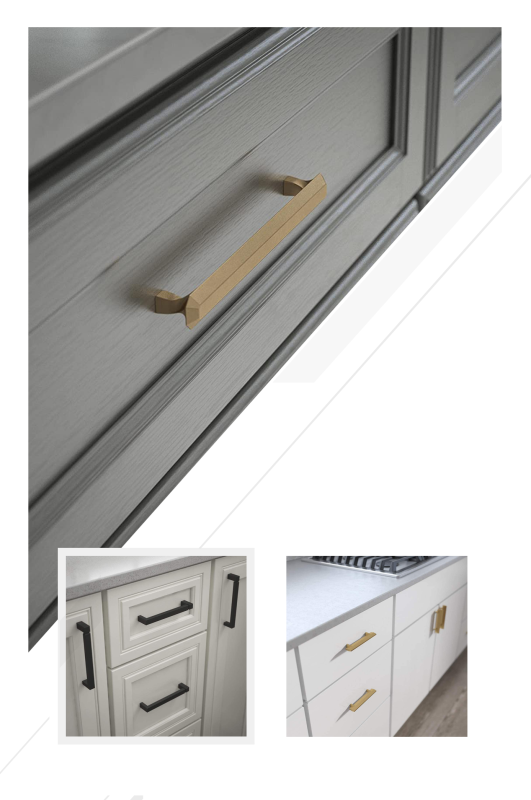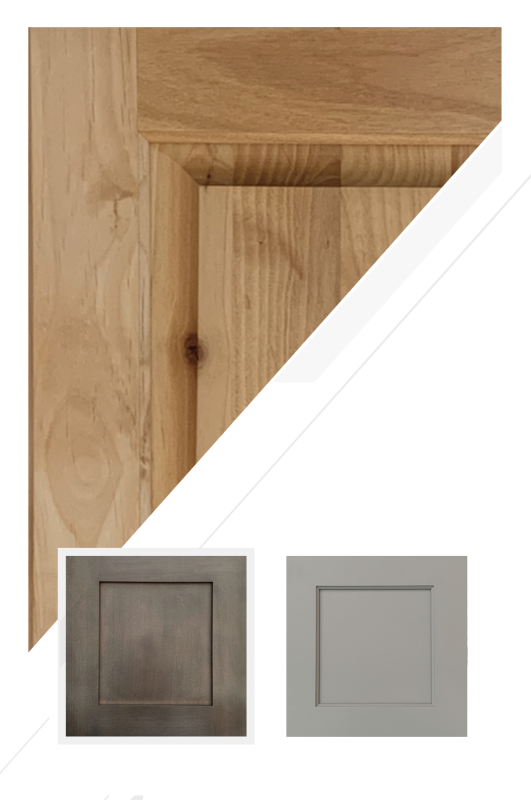Windows, Roof Edges, and Vents That Protect Your Rebuild
By Joy Line Homes California
Wildfire science is clear. Most homes are lost to wind driven embers that find a gap, a vent, or a weak window long before a wall sees direct flame. That is why Joy Line Homes designs every rebuild and ADU around ember control. If the openings are strong, the structure has a fighting chance. If the envelope is tight, the interior stays safer and cleaner. For families in Los Angeles, Ventura, Santa Rosa, Napa, and Paradise, this focus turns code checklists into real world protection you can see and feel.
Our approach is simple. Identify the weak points, upgrade them with proven assemblies, and install them with factory level precision. The result is a calm, modern home that is ready for the next red flag warning and comfortable on every ordinary day in between.
Windows That Hold When Temperatures Rise
Windows are often the first failure during a fire event. Joy Line specifies dual pane tempered glazing in WUI zones with frames and seals that remain stable under heat. Sill pans are formed and sealed before units are set. Flanges are bedded in sealant, then taped in a sequence that keeps water and wind outside. Interior stops are snug, and we confirm even reveals so hardware works smoothly for years.
Orientation matters. On windward faces in Los Angeles hillsides and Ventura canyons, we limit the number of large openings and favor protected exposures. Where views deserve wide glass, we pair them with shaded overhangs and place them away from roof edge turbulence. The goal is daylight and comfort without creating a path for heat and ember entry.
Doors That Seal Like Windows
Large sliders and entry doors are wonderful for light and circulation, yet they must seal as tightly as a window. We use insulated door slabs, continuous gaskets, and adjustable thresholds that set flush for safety while keeping out embers. Tracks are designed for easy cleaning so debris does not break the seal. At multi panel openings in Napa and Santa Rosa, we set fixed panes at the corners and concentrate movement toward protected patios under deep shade structures. You still get indoor outdoor living, with an envelope that stays intact when the wind picks up.
Roof Edges and Eaves That Do Not Invite Embers
Roof edges are pressure zones where embers swirl. Joy Line details Class A roofing with sealed underlayments, metal drip edges, and closed eaves. Exposed rafter tails may look charming, but they create pockets where embers settle. We enclose soffits with ignition resistant panels and block the cavity so there is no path into the attic. Flashing transitions are continuous around dormers, skylights, and penetrations. This is not decorative work. It is a primary defense line that allows the rest of the home to do its job.
In coastal Ventura, corrosion resistance joins the conversation. We specify coated fasteners and concealed clips that last in salt air. In Los Angeles foothills, long roof lines are kept simple so closures remain tight even when the structure moves with temperature shifts. Small choices at the edges add up to big gains in performance.
Vents That Breathe Without Inviting Trouble
Attic, crawl, and range vents are necessary for healthy buildings. They are also common ember entry points. Joy Line uses ember resistant vents with fine mesh and deeper baffles. Locations are chosen to avoid direct wind paths. In sealed crawl space designs, we remove the need for conventional venting by controlling the air and thermal boundary. Kitchen and bath fans exhaust through smooth, short runs with backdraft dampers that close when not in use. The home breathes on its own terms rather than through holes that are open to the sky.
In Paradise and Napa, where post fire dust can linger, these strategies keep interiors clean and protect mechanical systems that suffer when debris moves freely through a structure. Tight but ventilated is the balance that works all year.
Decks, Fences, and Attached Structures
Many losses begin at the deck or the fence where fuel sits close to the wall. Joy Line replaces combustible surfaces near the home with ignition resistant decking and enclosed framing. We avoid open joist cavities that catch embers and design steps as solid boxes with closed risers. Fences do not touch the structure. Gates are pulled back with a strip of non combustible hardscape between the end post and the wall. These moves are simple to look at and powerful in practice.
For Santa Rosa neighborhoods with narrow side yards, we run a clean band of gravel or pavers right at the foundation line. It looks finished, drains well, and denies embers the shelf they seek along the base of the wall.
Soffits, Fascia, and the Hidden Corners
Embers love corners, steps, and transitions. Joy Line closes soffits with continuous panels and hides venting behind screened grilles. Fascia is metal or fiber cement, not wood. Returns and boxed corners are sealed rather than layered with trim. At parapets and roof to wall joins, we prefer simple profiles with generous backing so flashing can be installed in one continuous motion. Fewer pieces mean fewer seams and fewer chances for failure when the wind is carrying sparks.
These details also age better. Paint cycles are longer. Sealants remain sheltered. Maintenance becomes a seasonal checklist rather than a series of repairs after every hot summer and dry fall.
Air Sealing That Protects Comfort and Health
Air tightness is usually discussed as an energy topic. In fire country, it is also a health topic. A tight envelope keeps smoke out during bad air days. Joy Line treats corners, rim joists, and sheathing seams with the same care we give to visible finishes. Penetrations are collared and taped. Electrical boxes receive gaskets. Mechanical systems are sized for the tightness we build, and filtration is chosen for real conditions rather than textbook days. The home feels quieter and stays cleaner, which is a comfort that families notice right away.
In Los Angeles and Ventura, balanced ventilation strategies give fresh air without inviting outdoor smoke. In Napa and Santa Rosa, whole house fans are designed with dampers and insulated covers so they do not become a giant vent on the hottest, smokiest days of the year.
Glazing Placement and Shading
Glass brings joy to a plan, but it should not create risk. Joy Line organizes window groups so large panes face protected outdoor rooms, not wind corridors. Where a view demands broad glass, we pair it with deep overhangs or exterior shading that cools the interior and shields the seals. Corner windows are framed with continuous structure to prevent racking that can open gaps over time. The design reads as elegant and light while quietly protecting the building during heat and wind events.
In Napa and Paradise, deep porches serve as both shading and social space. In Santa Rosa, a small street facing porch with tempered sidelights adds community connection and a strong entry without complicating WUI details.
Module Precision That Makes Openings Work
The best products fail if the opening is out of square. Joy Line relies on factory built walls and jigs that hold frames within tight tolerances. Sill heights match. King studs are straight. Nailing patterns are correct. By the time a window arrives at your site, it is set into an opening built for it, not adjusted to it. That means faster installation, fewer callbacks, and a longer life for gaskets and hardware that do their job best when they begin with a perfect fit.
On crane day, this precision shows. Marriage walls align, roof closures are quick, and the building reaches weather dry with minimal exposure. From there, air sealing and finish move quickly, and you move toward occupancy with a steady rhythm rather than stops and starts.
Defensible Space at the Opening Line
The landscape near openings matters as much as the opening itself. Joy Line designs non combustible hardscape within five feet of the structure, then steps plantings away from windows and doors. Trellises and pergolas do not touch the wall. Outdoor furniture near large sliders is made from materials that do not add fuel. The patio looks like a magazine spread, yet it serves a safety purpose every day of the year.
Regional Notes: Small Adjustments, Big Impact
Los Angeles: Windward exposures get tighter glazing schedules and shaded openings. Raised platforms keep underfloors sealed and serviceable. Access roads are planned so crane day is quick and safe for the neighborhood.
Ventura: Coastal air meets canyon winds, so we pair ember screens with corrosion resistant fasteners and finishes. Decks are enclosed below and gaps at fascia are closed with metal trims.
Santa Rosa: Street rhythm and close lot lines call for disciplined window patterns and slab on grade foundations that pass inspection quickly. A clean gravel band at the base keeps embers away from siding.
Napa: Rural character invites deep porches, but we keep posts and beams out of the first five feet and use ignition resistant materials. Large sliders face protected courtyards rather than open fields.
Paradise: Disturbed soils push us toward helical piles and grade beams. Openings are placed with wind studies in mind, and fence lines are held off the structure with a non combustible break.
Ownership Made Easier
A resilient home should be simple to maintain. Joy Line places hose bibs, outlets, and cleanouts where you can reach them. Gutter guards are accessible. Window tracks lift out for cleaning. Vent screens can be vacuumed during seasonal checks. The small chores that keep a home safe are designed to be easy, because what is easy gets done on time. You should not need a ladder and a weekend to keep embers out of your living room.
The Joy Line Perspective
Stopping embers is not a single product or a single detail. It is a system of choices that work together at every opening and edge. Joy Line Homes brings that system to every rebuild and ADU we set in Los Angeles, Ventura, Santa Rosa, Napa, and Paradise. Tight windows, sealed eaves, smart vents, and disciplined landscapes create a home that feels calm today and ready for the next dry season. This is modern resilience. This is design that looks good, lives well, and stands strong when it matters most.
About Joy Line Homes
Joy Line Homes builds modular residences and ADUs across California with WUI centered assemblies, factory precision, and design that elevates daily life. We help fire affected families return home sooner with openings and edges that are built to resist embers and protect comfort.
Visit JoyLineHomes.com to schedule an openings and envelope review for your rebuild.
We are based in Santa Cruz County ,
California
Tel: (831) 888-Home
Email: info@joylinehomes.com
Business Hours: 9am - 6pm

